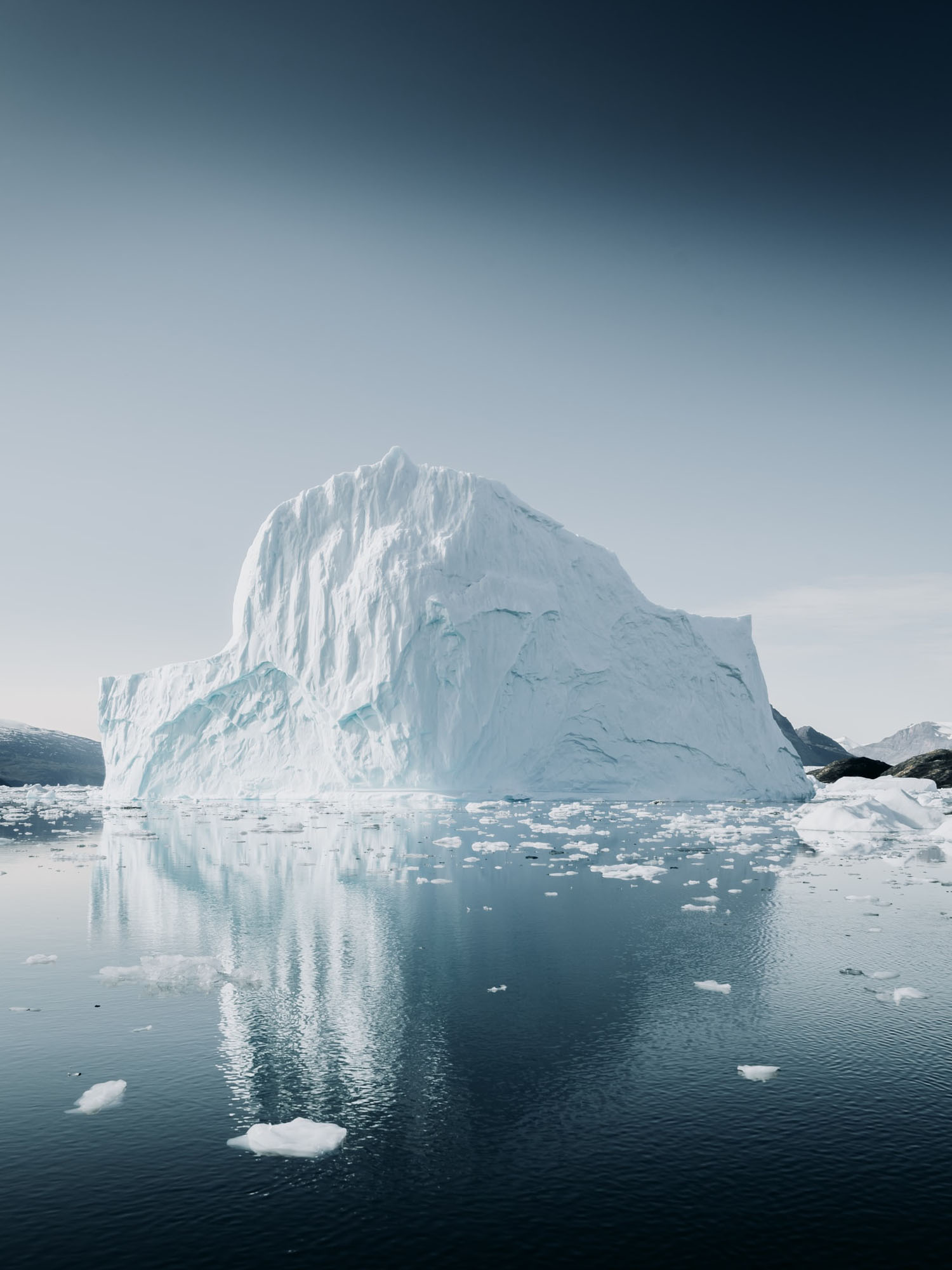Climate Weather Climate Change
What Climate Means
In short, climate is the description of the long-term pattern of weather in a particular area.
Some scientists define climate as the average weather for a particular region and time period, usually
taken over 30-years. It's really an average pattern of weather for a particular region.
When scientists talk about climate, they're looking at averages of precipitation, temperature, humidity,
sunshine, wind velocity, phenomena such as fog, frost, and hail storms, and other measures of the weather
that occur over a long period in a particular place.
For example, after looking at rain gauge data, lake and reservoir levels, and satellite data, scientists can
tell if during a summer, an area was drier than average. If it continues to be drier than normal over the
course of many summers, than it would likely indicate a change in the climate.
Why Study Climate?
The reason studying climate and a changing climate is important, is that will affect people around the world. Rising global temperatures are expected to raise sea levels, and change precipitation and other local climate conditions. Changing regional climate could alter forests, crop yields, and water supplies. It could also affect human health, animals, and many types of ecosystems. Deserts may expand into existing rangelands, and features of some of our National Parks and National Forests may be permanently altered.The National Academy of Sciences, a lead scientific body in the U.S., determined that the Earth's surface temperature has risen by about 1 degree Fahrenheit in the past century, with accelerated warming during the past two decades. There is new and stronger evidence that most of the warming over the last 50 years is attributable to human activities. Yet, there is still some debate about the role of natural cycles and processes.
Human activities have altered the chemical composition of the atmosphere through the buildup of greenhouse gases – primarily carbon dioxide, methane, and nitrous oxide. The heat-trapping property of these gases is undisputed although uncertanties exist about exactly how Earth's climate responds to them. According to the U.S. Climate Change Science Program (http://www.climatescience.gov), factors such as aerosols, land use change and others may play important roles in climate change, but their influence is highly uncertain at the present time.
Who Studies Climate Change?
Modern climate prediction started back in the late 1700s with Thomas Jefferson and continues to be studied around the world today.At the national level, the U.S. Global Change Research Program coordinates the world's most extensive research effort on climate change. In addition, NASA, NOAA, the U.S. Environmental Protection Agency (EPA) and other federal agencies are actively engaging the private sector, states, and localities in partnerships based on a win-win philosophy and aimed at addressing the challenge of global warming while, at the same time, strengthening the economy. Many university and private scientists also study climate change.
What Weather Means
Weather is basically the way the atmosphere is behaving, mainly with respect to its effects upon life and human
activities. The difference between weather and climate is that weather consists of the short-term (minutes to months)
changes in the atmosphere. Most people think of weather in terms of temperature, humidity, precipitation, cloudiness,
brightness, visibility, wind, and atmospheric pressure, as in high and low pressure.
In most places, weather can change from minute-to-minute, hour-to-hour, day-to-day, and season-to-season.
Climate, however, is the average of weather over time and space. An easy way to remember the difference is
that climate is what you expect, like a very hot summer, and weather is what you get, like a hot day with
pop-up thunderstorms.
Things That Make Up Our Weather
There are really a lot of components to weather. Weather includes sunshine, rain, cloud cover, winds, hail, snow, sleet, freezing rain, flooding, blizzards, ice storms, thunderstorms, steady rains from a cold front or warm front, excessive heat, heat waves and more.In order to help people be prepared to face all of these, the National Oceanic and Atmospheric Administration's (NOAA) National Weather Service (NWS), the lead forecasting outlet for the nation's weather, has over 25 different types of warnings, statements or watches that they issue. Some of the reports NWS issues are: Flash Flood Watches and Warnings, Severe Thunderstorm Watches and Warnings, Blizzard Warnings, Snow Advisories, Winter Storm Watches and Warnings, Dense Fog Advisory, Fire Weather Watch, Tornado Watches and Warnings, Hurricane Watches and Warnings. They also provide Special Weather Statements and Short and Long Term Forecasts.
NWS also issues a lot of notices concerning marine weather for boaters and others who dwell or are staying near shorelines. They include: Coastal Flood Watches and Warnings, Flood Watches and Warnings, High Wind Warnings, Wind Advisories, Gale Warnings, High Surf Advisories, Heavy Freezing Spray Warnings, Small Craft Advisories, Marine Weather Statements, Freezing Fog Advisories, Coastal Flood Watches, Flood Statements, Coastal Flood Statement.
Who is the National Weather Service?
According to their mission statement, "The National Weather Service provides weather, hydrologic, and climate forecasts and warnings for the United States, its territories, adjacent waters and ocean areas, for the protection of life and property and the enhancement of the national economy. NWS data and products form a national information database and infrastructure which can be used by other governmental agencies, the private sector, the public, and the global community."To do their job, the NWS uses radar on the ground and images from orbiting satellites with a continual eye on Earth. They use reports from a large national network of weather reporting stations, and they launch balloons in the air to measure air temperature, air pressure, wind, and humidity. They put all this data into various computer models to give them weather forecasts. NWS also broadcasts all of their weather reports on special NOAA weather radio, and posts them immediately on their Interactive Weather Information Network website at: http://iwin.nws.noaa.gov/iwin/graphicsversion/bigmain.html.
Cliamte Change
The Earth's climate has changed throughout history. Just in the last 650,000 years there have been seven cycles of glacial advance and retreat, with the abrupt end of the last ice age about 11,700 years ago marking the beginning of the modern climate era — and of human civilization. Most of these climate changes are attributed to very small variations in Earth’s orbit that change the amount of solar energy our planet receives.
The current warming trend is of particular significance because most of it is extremely likely (greater than 95 percent probability) to be the result of human activity since the mid-20th century and proceeding at a rate that is unprecedented over decades to millennia.Scientific evidence for warming of the climate system is unequivocal.
- Intergovernmental Panel on Climate Change
Earth-orbiting satellites and other technological advances have enabled scientists to see the big picture, collecting many different types of information about our planet and its climate on a global scale. This body of data, collected over many years, reveals the signals of a changing climate.
The heat-trapping nature of carbon dioxide and other gases was demonstrated in the mid-19th century. Their ability to affect the transfer of infrared energy through the atmosphere is the scientific basis of many instruments flown by NASA. There is no question that increased levels of greenhouse gases must cause the Earth to warm in response.
Ice cores drawn from Greenland, Antarctica, and tropical mountain glaciers show that the Earth’s climate responds to changes in greenhouse gas levels. Ancient evidence can also be found in tree rings, ocean sediments, coral reefs, and layers of sedimentary rocks. This ancient, or paleoclimate, evidence reveals that current warming is occurring roughly ten times faster than the average rate of ice-age-recovery warming.




